20 Historical Facts That Aren’t Facts Afterall: Throughout history, our understanding of the past has been shaped by a multitude of narratives and beliefs, often portraying events and concepts as factual certainties. However, the passage of time and the advancement of knowledge have revealed that many of the things we thought we knew from history were, in fact, far from accurate. From misconceptions about the shape of the Earth to erroneous attributions of famous quotes, these historical misconceptions highlight the dynamic nature of human knowledge and the ongoing process of unraveling the truth. Let us embark on a journey through time as we explore 20 instances where what we thought to be historical facts, actually ended up not being wrong.
1. The Earth is flat: In ancient history, many cultures believed that the Earth was flat. This notion persisted for centuries until scientific observations and explorations challenged the idea. Through extensive studies and evidence, we now know that the Earth is a sphere. The shift in our understanding of the Earth’s shape represents a significant turning point in the history of scientific thought.

2. The sun revolves around the Earth: For centuries, the prevailing belief was that the Earth stood at the center of the universe, and everything, including the sun, revolved around it. This geocentric model was widely accepted until Nicolaus Copernicus, in the 16th century, presented the heliocentric model, which proposed that the Earth and other planets actually orbit the sun. In such cases, disputing this historical fact and saying, “The Earth actually revolves around the sun!” could have got you jailed, like it did Galileo in 1633.

3. Bloodletting is an effective medical treatment: Bloodletting, the practice of deliberately removing blood from a patient, was a commonly accepted medical treatment for various ailments throughout history. It was believed that balancing the body’s humors would restore health. However, advancements in medical knowledge and research gradually revealed the inefficacy and potential harm of bloodletting. This realization marked a significant milestone in the development of evidence-based medicine.
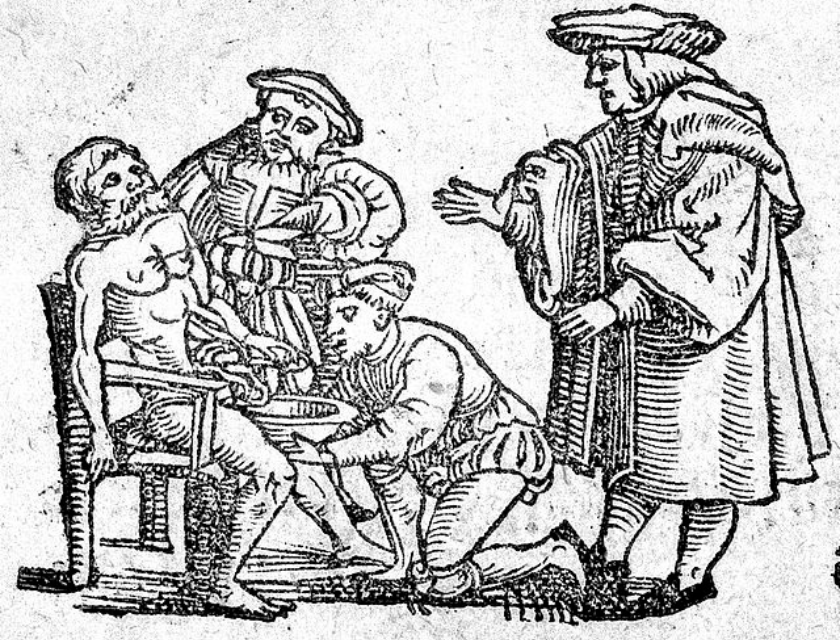
4. Brontosaurus (Thunder Lizard) was a valid dinosaur species: The Brontosaurus, or “Thunder Lizard,” was a dinosaur that captured popular imagination after its discovery in the late 19th century. However, subsequent research showed that the Brontosaurus was not a distinct species but rather a misidentified specimen of another dinosaur called Apatosaurus. This example demonstrates how our understanding of dinosaur taxonomy has evolved throughout the history of paleontology.

5. Vikings wore horned helmets: While depictions of Vikings often show them wearing horned helmets, this is a historical misconception. There is no archaeological or textual evidence to support the notion that Vikings actually wore such headgear. This myth likely originated from artistic interpretations and theatrical productions rather than historical accuracy. Unraveling this misconception highlights the importance of distinguishing between historical facts and artistic embellishment.
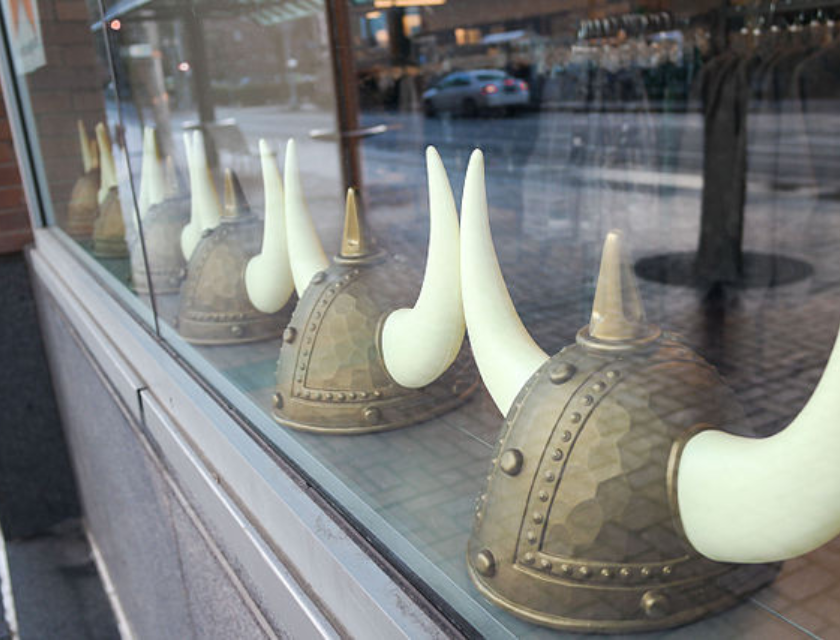
6. George Washington had wooden teeth: It was long believed that America’s first president, George Washington, sported a set of dentures made from wood. However, this widely held belief is not entirely accurate. While Washington did experience dental issues and had dentures, they were not made of wood. His dentures were primarily constructed from materials such as human and animal teeth, ivory, and metal. Unraveling these historical facts underscores the significance of revisiting primary sources and challenging popular beliefs.
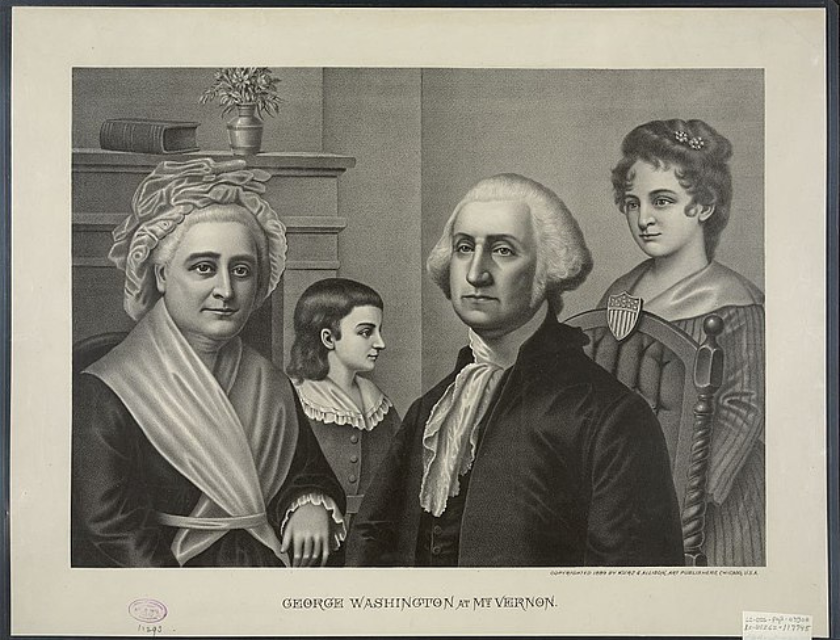
7. Christopher Columbus discovered America: The notion that Christopher Columbus discovered America has been deeply ingrained in historical narratives. However, this perspective overlooks the fact that indigenous peoples had been living in the Americas for thousands of years before Columbus’s arrival. Explorers from other cultures, such as Leif Erikson, had also reached North America earlier. Recognizing the complexity of historical exploration and acknowledging the existing cultures challenges the simplistic idea of “discovery.”
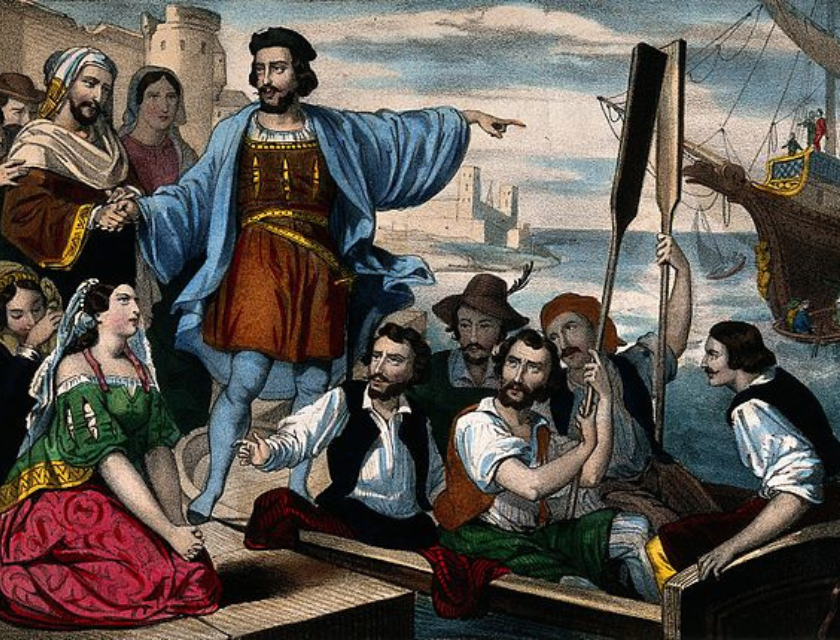
8. Marie Antoinette said, “Let them eat cake”: Often attributed to Marie Antoinette, the phrase “Let them eat cake” has become synonymous with her supposed indifference to the suffering of the French people during a time of economic hardship. However, there is no concrete evidence that she ever uttered these words. This misattribution reminds us of the importance of critically evaluating historical sources and questioning popular assumptions.

9. The Great Wall of China is visible from space: For many years, it was believed that the Great Wall of China was visible from space, an idea that captured the public’s imagination. However, this claim turned out to be a historical myth and not one of these great historical facts we believe today. Astronauts and space agencies have confirmed that the wall is not visible to the naked eye from the Earth’s orbit.

10. Napoleon Bonaparte was short: Napoleon Bonaparte, the iconic French military and political leader, is often depicted as short in stature. This misconception arose from a difference in measuring systems used in France and England during his time. While Napoleon’s height was recorded as 5 feet 6 inches according to the French measurement, which was accurate, it was erroneously converted to 5 feet 2 inches in English measurements. This historical misrepresentation highlights the influence of cultural biases and the importance of accurate historical interpretation.
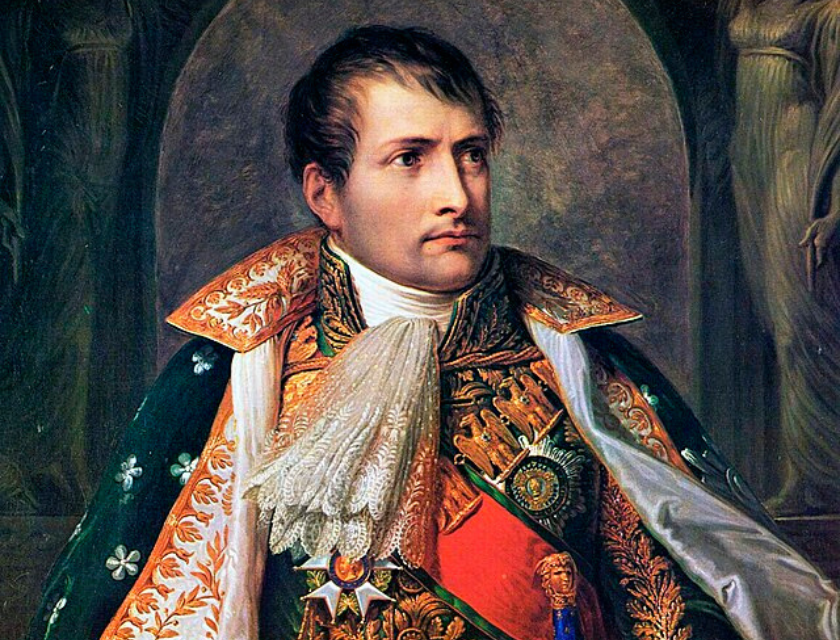
11. The Dark Ages were a period of no progress or knowledge: The term “Dark Ages” was historically used to describe the period following the fall of the Western Roman Empire, suggesting a time of cultural decline and lack of progress. However, this characterization oversimplifies the complexity of the era. Recent scholarship recognizes that significant advancements in science, art, literature, and philosophy took place during this period, challenging the notion that it was a “dark” or stagnant time. Reevaluating historical periods helps us appreciate the multifaceted nature of human history.

12. Ancient Egyptians used slaves to build the pyramids: It was widely believed that the construction of the ancient Egyptian pyramids involved the forced labor of slaves. However, the archaeological evidence suggests a different story. Research indicates that the pyramid builders were not slaves but rather skilled and well-compensated workers who were likely recruited from the local population. This revised understanding of pyramid construction sheds light on the organizational capabilities of ancient civilizations and the importance of accuracy when it comes to our historical facts.

13. Bats are blind: For a long time, it was thought that bats were blind creatures that relied solely on echolocation to navigate and locate prey. However, it is now known that most bats are not blind and possess functional eyesight. While they do use echolocation as a primary navigation method, their eyes are also capable of visual perception. Correcting this misconception reflects the ongoing discoveries and advancements in our understanding of the animal kingdom throughout history.

14. Ancient Greeks and Romans saw gladiatorial fights as a form of sport: Gladiatorial fights, often associated with ancient Rome, were initially believed to be a form of entertainment similar to modern-day sports. However, further research and analysis of historical texts have revealed a more complex reality. Gladiatorial combat had a multifaceted purpose, serving as a means of social control, political spectacle, and even religious ritual. Understanding the broader cultural and social context challenges simplistic interpretations of historical facts.
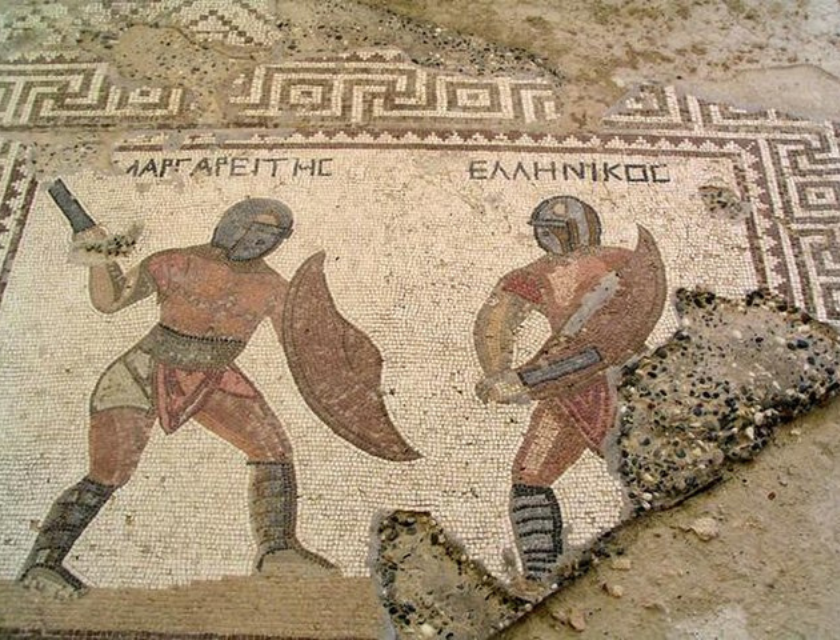
15. The first Thanksgiving was a harmonious gathering between Pilgrims and Native Americans: The traditional narrative surrounding the first Thanksgiving in Plymouth, Massachusetts, depicts a harmonious feast shared between Pilgrims and Native Americans. While a feast did take place, the reality was more nuanced. Historical accounts indicate a complex relationship characterized by both cooperation and conflict. Reevaluating this event highlights the importance of recognizing diverse perspectives and questioning idealized historical narratives.
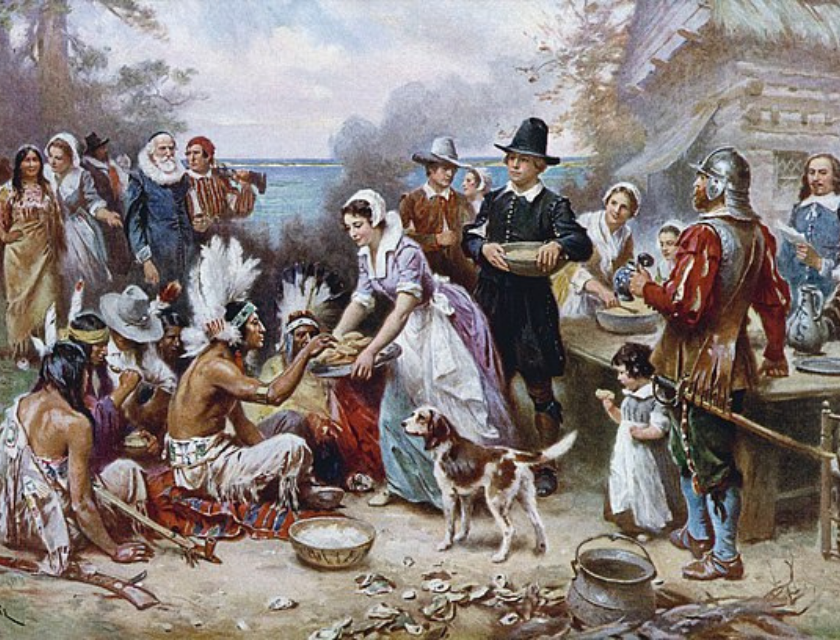
16. Sir Isaac Newton discovered gravity when an apple fell on his head: The story of Sir Isaac Newton discovering gravity due to an apple falling on his head has become legendary. While it is true that Newton formulated his theory of universal gravitation, the apple anecdote is likely apocryphal. Newton’s insights on gravity were developed through extensive research, observations, and mathematical calculations, rather than a singular incident. This example reminds us of the need to critically examine popular anecdotes and delve deeper into the historical context.

17. The concept of zero originated in Europe: For a long time, it was believed that the concept of zero originated in Europe during the Middle Ages. However, extensive research has revealed that zero actually originated in ancient civilizations outside of Europe. The concept of zero as a numerical placeholder was developed independently by the ancient Mayans, Babylonians, and Indians. This revision of historical understanding emphasizes the global nature of mathematical advancements and challenges Eurocentric perspectives.

18. The Inquisition tortured and executed countless people for witchcraft: The Inquisition, particularly the Spanish Inquisition, has often been associated with the widespread persecution and execution of individuals accused of witchcraft. While the Inquisition did engage in religious persecution, the popular belief that it targeted witches is largely inaccurate. The majority of witch trials and executions occurred outside the purview of the Inquisition and were carried out by secular authorities. Correcting this misconception helps distinguish between different historical institutions and their roles in society.
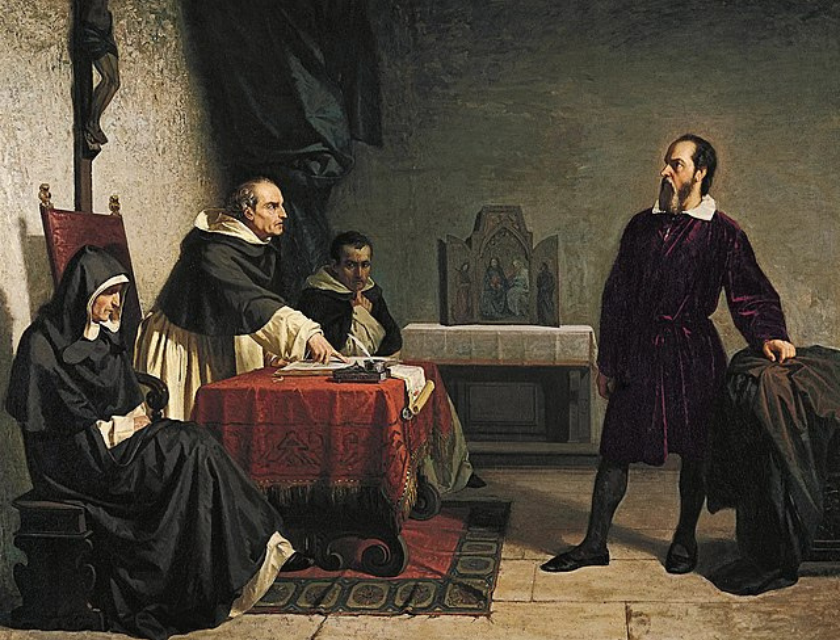
19. The Titanic sank because it hit an iceberg head-on: The sinking of the Titanic in 1912 is a well-known tragedy often attributed to the ship striking an iceberg head-on. However, recent investigations and analysis of the wreckage have revealed a different sequence of events. It is now believed that the ship grazed the iceberg along its side, which caused a series of critical structural failures leading to its sinking. This revised understanding of the Titanic’s fate underscores the importance of revisiting historical events with new evidence and technologies.

20. Ancient Greek statues were plain white when created: Ancient Greek statues, known for their artistic beauty and influence, were commonly thought to be plain white when originally created. However, research has shown that these statues were often painted with vibrant colors. Over time, the pigments faded, leaving behind the familiar white marble appearance that we associate with classical Greek art. This discovery challenges long-held assumptions about ancient aesthetics and the visual presentation of sculptures, offering a new perspective on the art of the time.
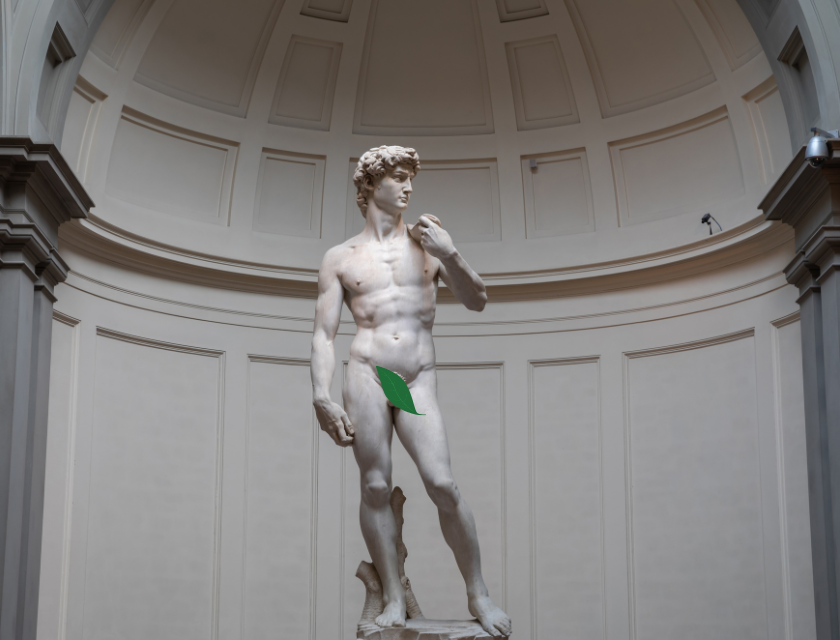
As we delve into the annals of history, we encounter a plethora of misconceptions and misinterpretations that have been rectified through meticulous research, reevaluation, and the acquisition of new evidence. These 20 instances remind us of the fallibility of historical assumptions and the imperative to critically examine the narratives handed down to us. They serve as a testament to the ever-evolving nature of historical knowledge, where each revision and correction brings us closer to a deeper understanding of our collective past. By embracing a mindset of curiosity and open inquiry, we can continue to uncover the truth that lies beneath the surface of what we thought we knew from history, enriching our understanding of the world and its complex tapestry of human experiences.


